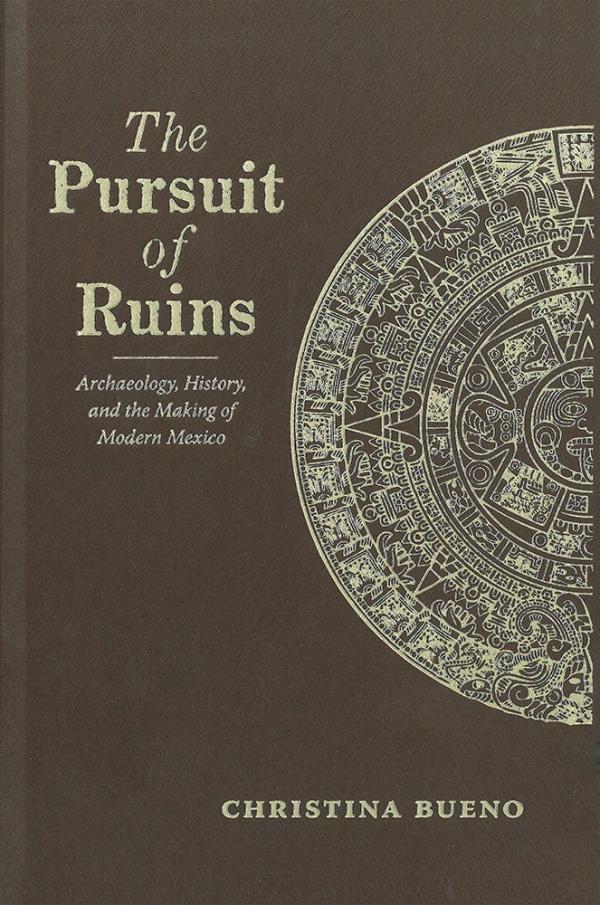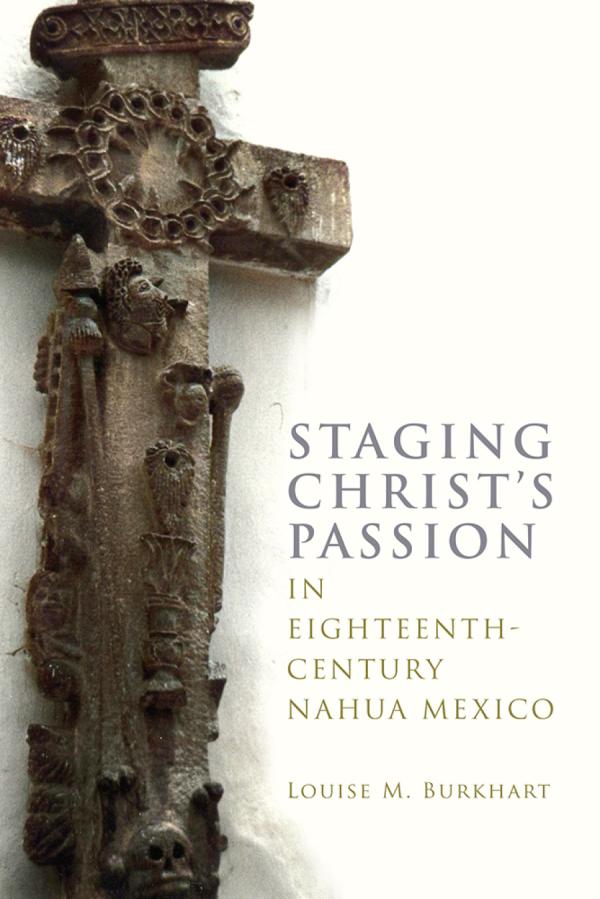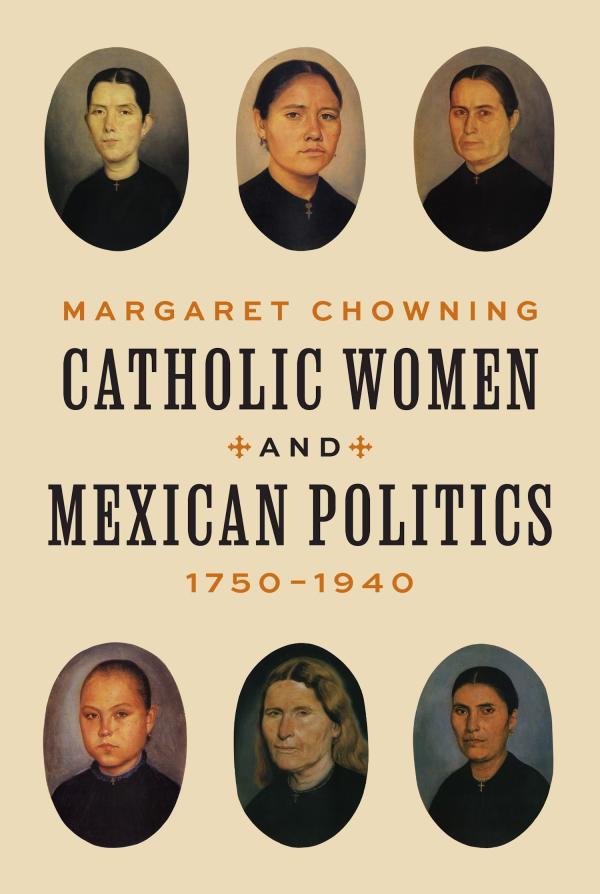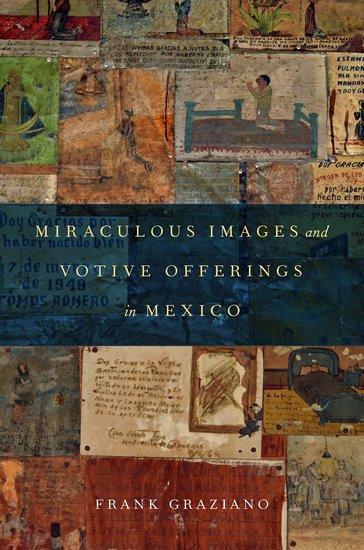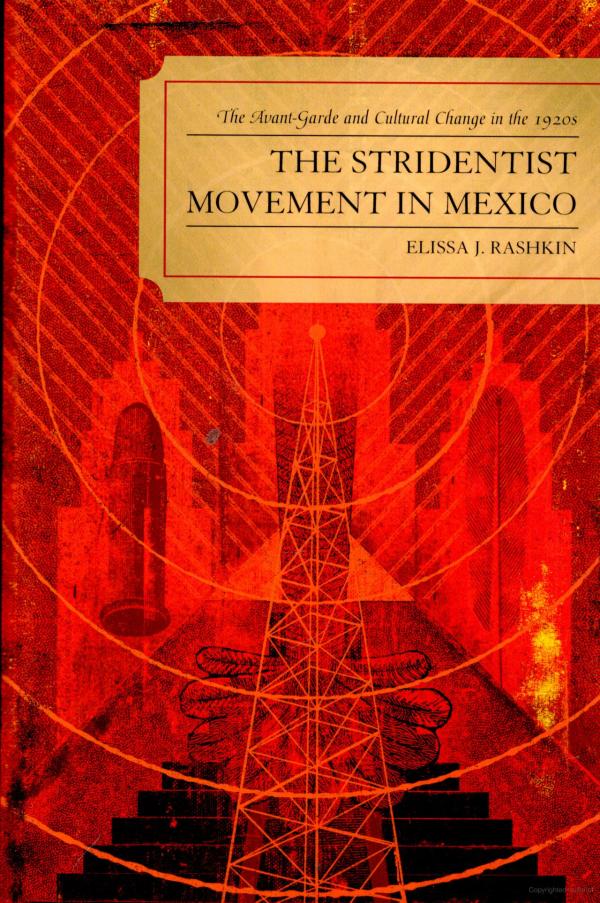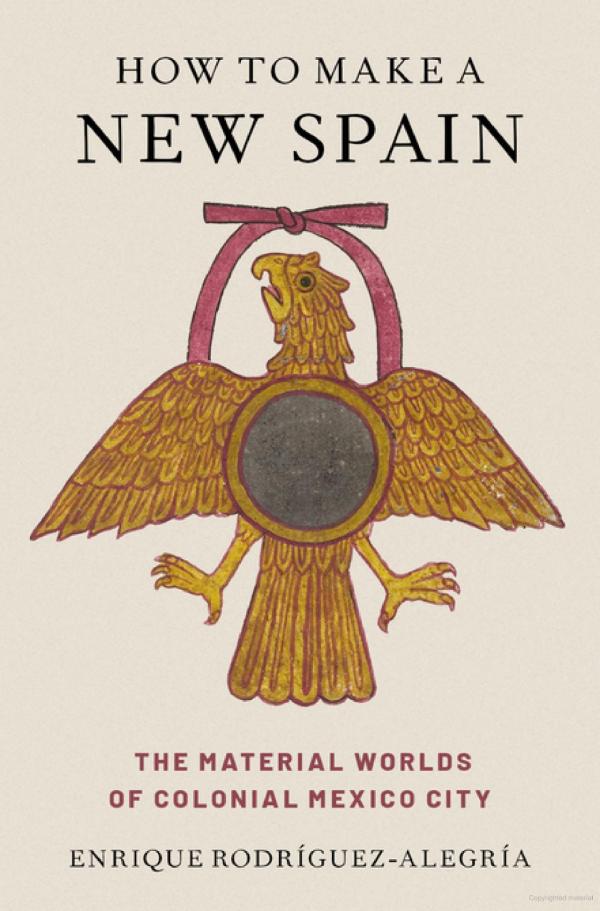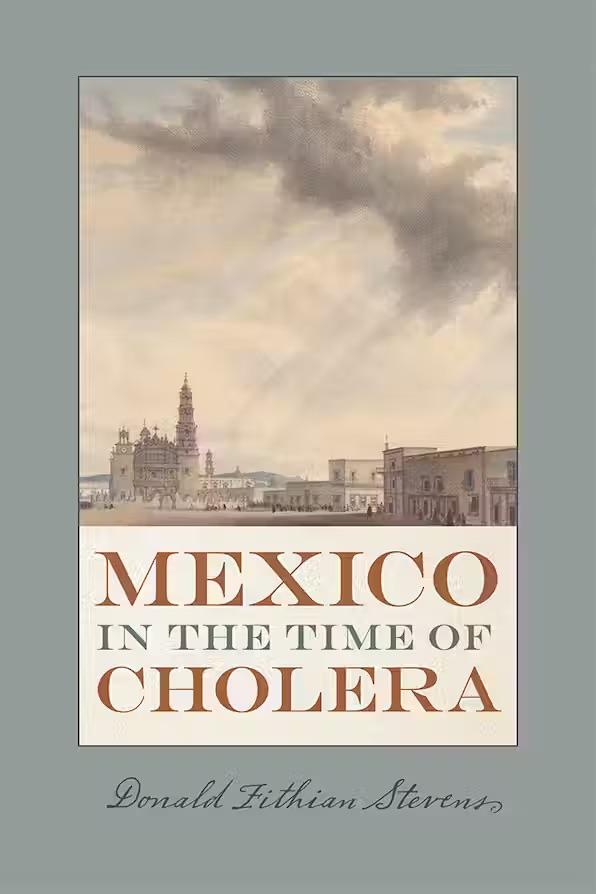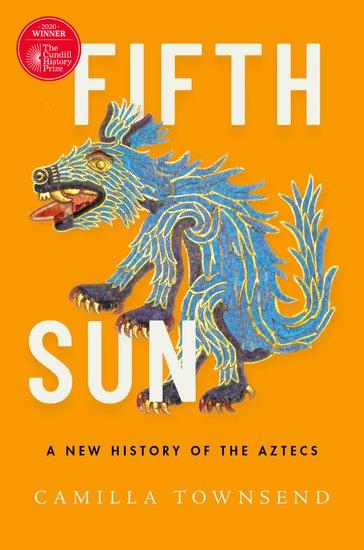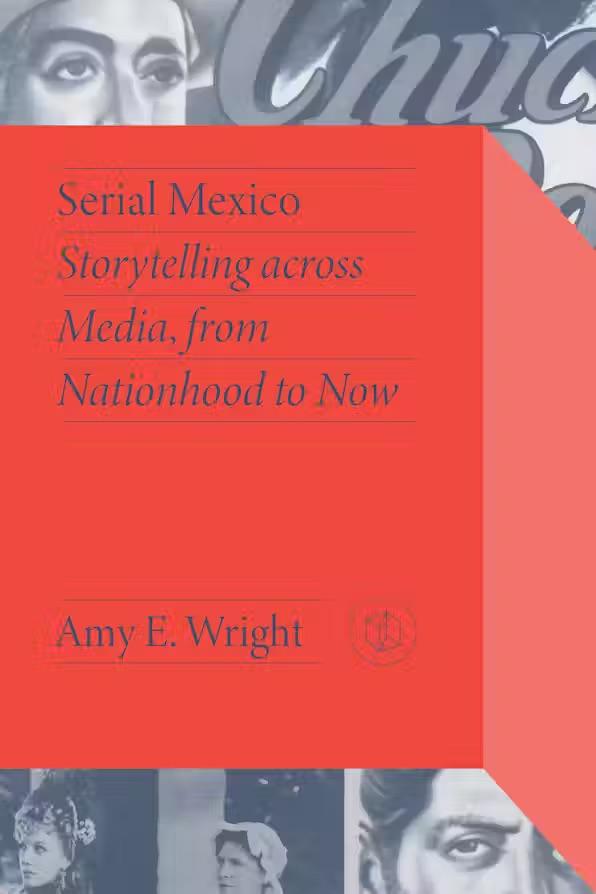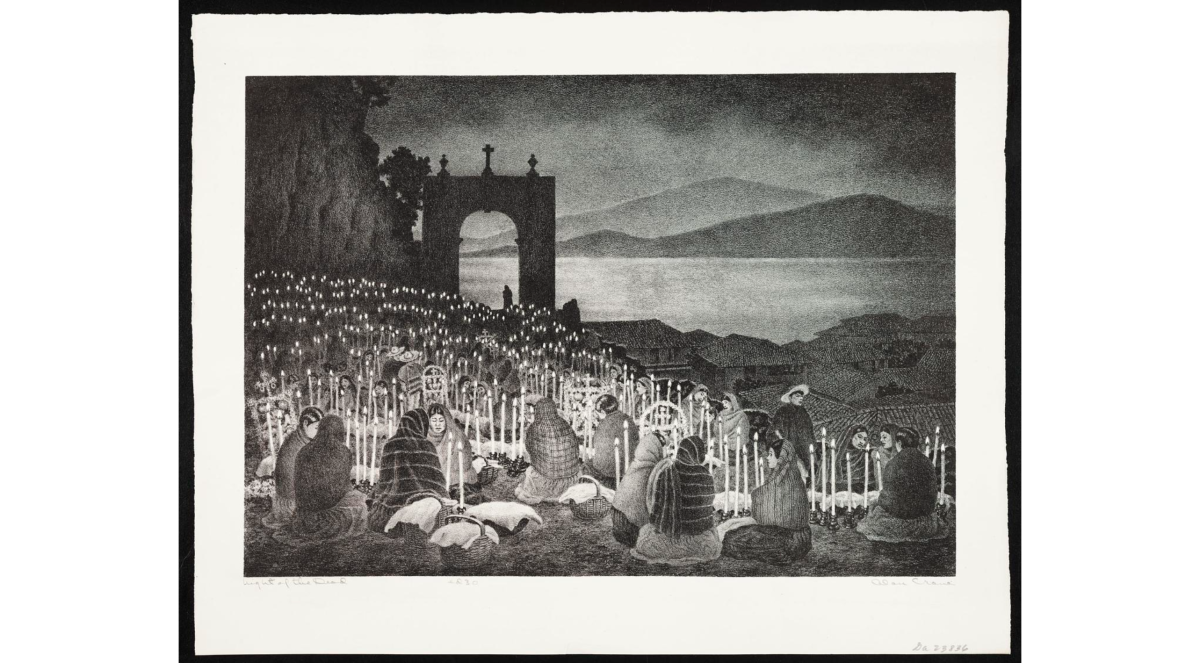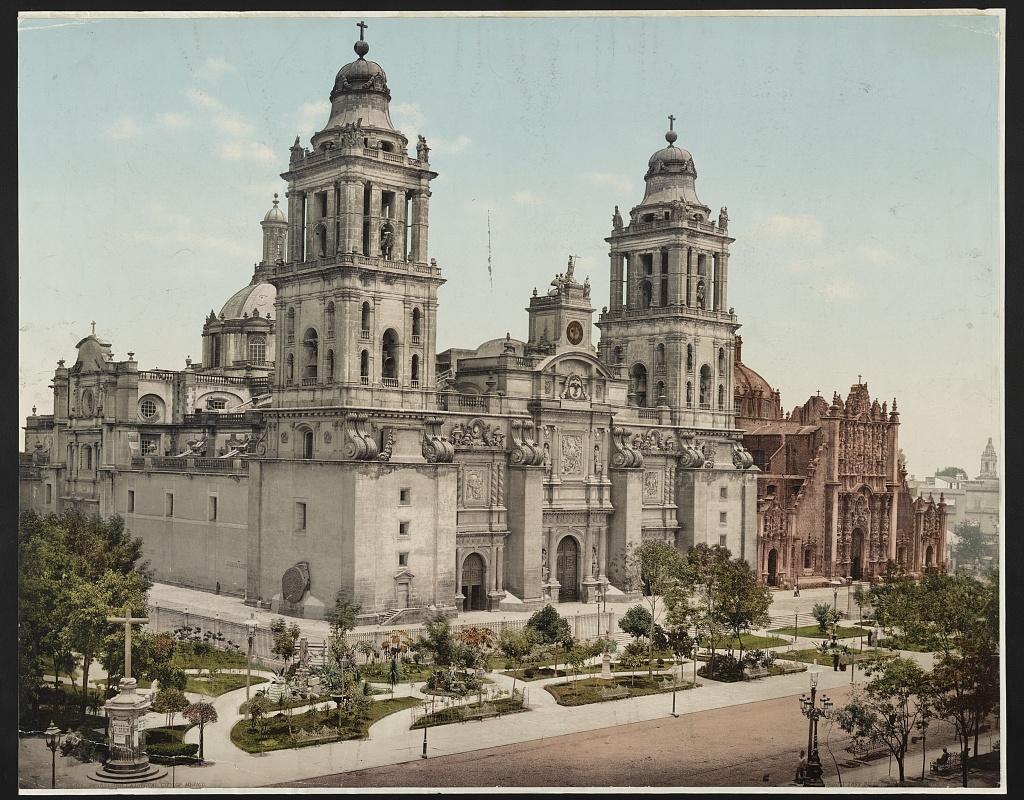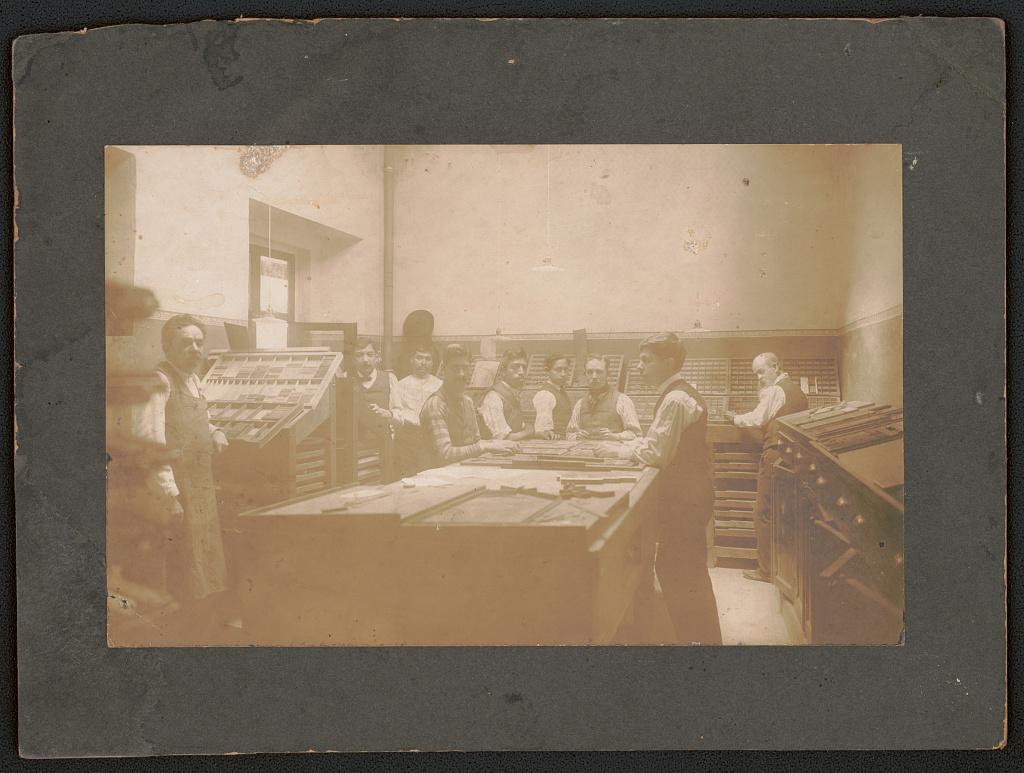Celebrating Día de los Muertos: Humanities Research on Mexican History, Literature, and Culture
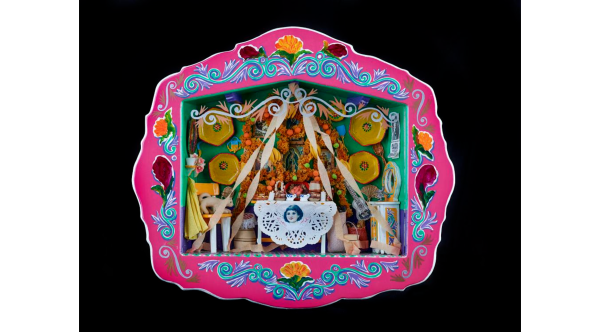
“Dia de los Muertos Altar Scene.”
Gift of Janice and Glenn Hatfield. Available at the Smithsonian National Museum of American History.

“Dia de los Muertos Altar Scene.”
Gift of Janice and Glenn Hatfield. Available at the Smithsonian National Museum of American History.
The Day of the Dead (or, in Spanish, Día de los Muertos) is a commemorative holiday observed annually on November 1 and 2, both in its native Mexico and among Mexican people around the world. On the Day of the Dead, celebrants honor their deceased loved ones by leaving offerings at home altars (ofrendas), writing playful poems (calaveras literarias), and wearing colorful costumes, often including the holiday’s signature skull masks (calacas). Ahead of this year’s festivities, learn about thirteen projects funded by the NEH Division of Research Programs that explore Mexican history, literature, and culture.
Published Books
Bueno, Christina. The Pursuit of Ruins: Archaeology, History, and the Making of Modern Mexico (University of New Mexico Press, 2016).
During Porfirio Díaz’s thirty-one years as president in the late nineteenth century, Mexico’s state-sponsored history came to feature indigeneity more prominently, as Díaz sought to symbolically bind modern Mexico to the “great civilizations” of pre-colonial times. Yet, as Christina Bueno catalogs in The Pursuit of Ruins, even as Díaz’s government went to great lengths to preserve archaeological evidence of Mexico’s Indigenous past, the process of reframing the nation’s history excluded and denigrated its modern Indigenous population. Learn more about Bueno’s work here.
Burkhart, Louise M. Staging Christ's Passion in Eighteenth-Century Nahua Mexico (University Press of Colorado, 2023).
While living under eighteenth-century Spanish colonial rule, the Nahuas, a Mexican Indigenous group, performed their own versions of Christian “Passion plays” in the Nahuatl language. In Staging Christ’s Passion, Louise Burkhart characterizes the Nahuas’ dramaturgical modifications, which included depicting Jesus as a Nahua man, as an expression of Indigenous resistance to Spanish occupation. Learn more about Burkhart’s work here. Burkhart was also part of a team at SUNY Albany that was awarded an NEH grant to prepare digital translations of ten Nahuatl-language Passion plays.
Chowning, Margaret. Catholic Women and Mexican Politics, 1750-1940 (Princeton University Press, 2023).
Throughout Mexico’s history of sustained anti-clericalism, women have been the key to the Catholic Church’s resilience, as Margaret Chowning argues in Catholic Women and Mexican Politics. For nearly 200 years, women ensured that Catholicism remained a central element of Mexican civil society by forming lay associations, which bolstered the church’s political influence. Consequently, Chowning demonstrates that women have long been in the vanguard of Mexican conservative politics. Learn more about Chowning’s work here.
Graziano, Frank. Miraculous Images and Votive Offerings in Mexico (Oxford University Press, 2015).
Exploring the role of artwork in contemporary Mexico, Frank Graziano’s Miraculous Images and Votive Offerings analyzes numerous Mexican statues and paintings that are believed to have “miraculous” capabilities. Along with analyses of the artworks themselves, the book discusses votive offerings, which are left at shrines dedicated to individual artworks as thanks for performing miracles. Thus, Graziano’s project not only offers insight into Mexican artwork and art history; it also provides insight into a distinctive dimension of the nation’s spiritual culture. Learn more about Graziano’s work here.
Rashkin, Elissa J. The Stridentist Movement in Mexico: The Avant-Garde and Cultural Change in the 1920s (Lexington Books, 2009).
In the turbulent decade after the Mexican Revolution, the Stridentist Movement gained traction in multiple Central Mexican cities before, eventually, finding the most success in Xalapa, Veracruz. The Stridentists championed modernity and technological innovation by publishing books and manifestos, staging theatrical performances, and producing artwork and literature. In The Stridentist Movement in Mexico, Elissa Rashkin illustrates that while the Stridentist Movement disbanded by 1928, its message reverberated throughout the Americas and influenced other cultural movements well after the 1920s. Learn more about Rashkin’s work here.
Rashkin, Elissa J. The Stridentist Movement in Mexico: The Avant-Garde and Cultural Change in the 1920s (Lexington Books, 2009).
In the turbulent decade after the Mexican Revolution, the Stridentist Movement gained traction in multiple Central Mexican cities before, eventually, finding the most success in Xalapa, Veracruz. The Stridentists championed modernity and technological innovation by publishing books and manifestos, staging theatrical performances, and producing artwork and literature. In The Stridentist Movement in Mexico, Elissa Rashkin illustrates that while the Stridentist Movement disbanded by 1928, its message reverberated throughout the Americas and influenced other cultural movements well after the 1920s. Learn more about Rashkin’s work here.
Stevens, Donald Fithian. Mexico in the Time of Cholera (University of New Mexico Press, 2019).
Although its title alludes to public health, Mexico in the Time of Cholera offers an expansive history of daily life in Mexico's early years of independence. Using the second cholera pandemic as his book’s axis, Donald Stevens explores the everyday experiences of Mexican citizens as their nation confronted contagion, emerged from colonial rule, transitioned into the modern era, and disestablished the Catholic Church. Stevens is particularly interested in Catholicism in mid nineteenth-century Mexico, and the book cites parish archives to probe the role of religion in Mexico at a time of national crisis. Learn more about Stevens’s work here.
Townsend, Camilla. Fifth Sun: A New History of the Aztecs (Oxford University Press, 2019).
In Fifth Sun, Camilla Townsend recounts the Spanish conquest of Mexico solely from the perspective of the Aztec people. To accomplish this feat, Townsend uses infrequently referenced Nahuatl-language sources, in which the Aztecs not only cataloged their experience of Spanish colonization, but also their history prior to European incursion. By relying exclusively on these self-narratives, Townsend provides a revised account of Mexico’s early history. Learn more about Townsend’s work here. Additionally, Fifth Sun received the Cundill History Prize, awarded annually by McGill University to the best book of history, in 2020. As part of this award, Townsend gave the 2021 Cundill Lecture, which can be viewed here.
Wright, Amy E. Serial Mexico: Storytelling Across Media, from Nationhood to Now (Vanderbilt University Press, 2023).
Originating in oral tradition, serial narratives are fixtures in Mexican popular culture. Amy Wright, in Serial Mexico, explains how these time-honored stories document both change and continuity in Mexican culture. While serial narratives’ characters and story arcs may remain relatively fixed, their transmutation in the digital age—into forms ranging from comics to telenovelas—reflects evolving social and political beliefs in Mexico. Learn more about Wright’s work here.
Upcoming Books
“Revolutionary Forms: U.S. Literary Modernism and the Mexican Vogue, 1910-1940” by Geneva M. Gano
Analyzing artwork and writing produced by Mexican and U.S. artists in the early twentieth century, Geneva Gano’s upcoming book will highlight the Mexican Revolution’s influence on literary modernism in the United States. Unlike canonical scholarship on modernist literature, which typically exalts European impact in the U.S., Gano’s study will situate the works of prominent modernists in the context of the Americas, demonstrating the under-documented confluence of U.S. and Mexican literature. Learn more about Gano’s work here.
“Mexican Soundscapes of the Colonial Era” by Alexander Hidalgo
Although Alexander Hidalgo’s upcoming book will draw on print archival sources, his subject cannot be fully captured in written media. Focusing on Mexico’s colonial era, Hidalgo will explore the varied “soundscapes” of early Mexican history, from the cannon blasts that colonizers used to enforce obedience to the riotous shouts of anti-colonial protestors. With sound as its focal point, Hidalgo’s book promises to provide an account of Spanish colonialism in Mexico unlike any written previously. Learn more about Hidalgo’s work here.
“Protestant Women and Political Activism in Mexico, 1900-1955” by Kathleen Mary McIntyre
In what will be the first history of its kind, Kathleen McIntyre’s upcoming book will document the distinct forms that Protestant women’s citizenship took in post-revolutionary Mexico. Despite prevailing beliefs that politics were antithetical to both Protestantism and femininity, these women organized numerous civil society groups—including suffrage clubs and temperance organizations—that advanced both evangelical and feminist aims. McIntyre will also discuss contemporary relations between Catholic and Protestant Mexican women at a time when their nation’s religious culture was exceptionally fraught. Learn more about McIntyre’s work here.
“Making Paper in Mexico: A Material, Political, and Environmental History” by Corinna Zeltsman
In her upcoming material history, Corinna Zeltsman will explore the wide-ranging implications of papermaking in Mexico’s past. While paper was a source of political power during the nation’s early years of independence, it quickly became a locus of economic and political contention in the nineteenth century as various industries—from logging to paper mills, to newspapers—became increasingly dependent on paper for their prosperity. Learn more about Zeltsman’s work here.
